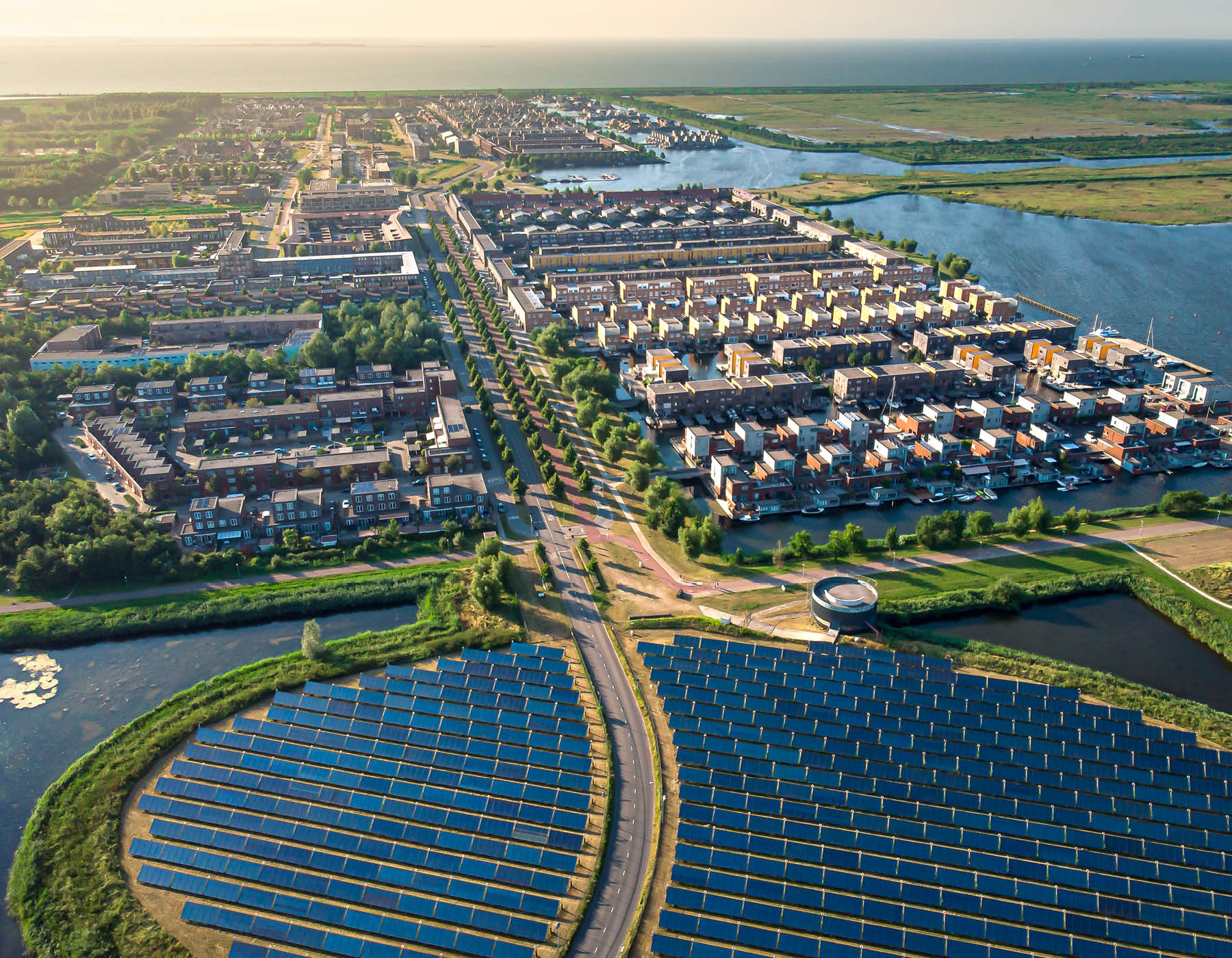Language
You can read the magazine in one of the following languages
Until recently, Australians who enjoy low-budget, indie films were well advised to take a warm jacket with them to the cinema. As they sat in the darkness for a couple of hours with a small gaggle of other discerning movie buffs, the atmosphere could become decidedly chilly.
But if another screen at the multiplex was showing the latest Marvel blockbuster at the same time, the patrons were probably much more comfortable because the room was a few degrees warmer.
The reason for the discrepancy was that the air-conditioning systems were all programmed to keep the individual theaters at exactly the same temperature, irrespective of whether there were only a couple of customers or if it was a complete sell-out. The combined body heat of up to 1,000 Guardians of the Galaxy fans meant the air-conditioning was generally at the lowest temperature possible, leaving those in near-empty screenings feeling like they were in a scene from Frozen.
And the growing number of complaints suggested not everyone was prepared to let it go.
Luckily, one particular cinema chain engaged a company specializing in an increasingly popular service: assessing the performance of buildings.
Avani Solutions’ stated mission is to change the way buildings behave to reduce their energy usage and environmental impact. Its adaptive connection software accesses a range of data to uncover bad practices that may have been going on for decades. Like turning a movie theater into a giant fridge.

“Once we analyzed detailed information from all 49 cinemas, we identified some easy ways to save considerable amounts of money,” Avani Solutions CEO Nicolette Maury tells The CEO Magazine.
“By simply integrating ticketing with the building controls, we could automate the air-conditioning to adjust itself accordingly. The complexes instantly save money and customers no longer have to shiver.”
There was much more to Avani Solutions’ strategy than regulating ambiance. Its centralized energy data collation and automated predictive maintenance also reduced the number of repairs, volume of water used and the human resources.
The results were spectacular, with energy consumption and equipment use down by one-third and callout costs slashed in half.
Finding such ways to belch out less carbon has become critical for businesses worldwide as governments impose ever-stricter compliance requirements. The operation of commercial buildings accounts for nearly a third of global energy consumption and a quarter of human-based emissions.
While carbon footprints are falling as renewable energy use ramps up, much more has to be done to stay on track to achieve net zero emissions by 2050. The International Energy Agency has declared that the coming decade will be the most important because to meet the target, every square meter of building space must consume 35 percent less energy than it did in 2022. Which is a big ask, to say the least.

“I see a lot of people setting net zero targets with no clarity as to how they’re going to measure the efficacy of the initiatives they have in place.”
An Accenture report late last year found that fewer than one-in-five companies are on track for net zero, with over one-third declaring that they can’t afford further investment to cut emissions. Perhaps most concerning is that half of those analyzed have actually increased their emissions since 2016.
“I see a lot of people setting net zero targets with no clarity as to how they’re going to measure the efficacy of the initiatives they have in place,” Maury says. “If they can’t accurately track progress, they can’t course correct when they’re falling short or when they realize that the goals they set themselves were too lofty or ambitious.”
It was such intransigence, all too common in construction and property management, that first attracted Maury to Avani Solutions. She could see there was immense untapped potential to do better.

“My background has been around industries under disruption through technology, where new efficiencies are emerging and problems are being solved,” she explains. “Real estate is very much ripe for digitization and for playing a much stronger role in solving climate challenges through innovation.”
Part of the challenge is for developers to be more transparent about the long-term environmental impact of buildings, rather than just the energy required to construct them.
“We have to start accounting for embodied carbon and the life cycle energy implications,” insists Maury, who is the former Managing Director at accounting software firm Intuit Australia and current Non-Executive Director of the Australian Broadcasting Corporation.

A good example is the decision about whether to knock down and rebuild or simply refurbish. Surprisingly, starting from scratch can be cheaper and take less time, but use up more energy. However, over the following 100 or more years, the energy efficiencies of modern building design may end up being the greener option.
Companies like Avani Solutions can run the numbers on a range of options to find the sweet spot between cost and environmental impact.
“I’ve been in the ESG space for about a decade and what I find fascinating is that the trade-off between doing the right thing for the planet and the right thing for the bottom line is becoming increasingly unimportant,” Maury points out. “If your operations are energy efficient then they’re probably efficient in other ways too.”

“Real estate is very much ripe for digitization and for playing a much stronger role in solving climate challenges through innovation.”
On average, Avani Solutions saves its clients 17 percent on energy costs alone. Often there are easy fixes such as identifying lights left on overnight or entire empty floors being heated 24 hours a day. But sometimes the answers aren’t as obvious.
“One client had installed energy-efficient light bulbs to save money, but because they generated less heat, the building became colder so they had to turn up the heating to compensate,” she reveals.
For another that had a sizable property portfolio, the biggest benefit had nothing to do with energy.
“We gave them visibility over all their buildings so they didn’t need individual facility managers calling plumbers or electricians every time something went wrong, so they saved a fortune on callout charges,” she adds.
Next year, it will be 100 years since air-conditioning was installed in a cinema for the first time. The Rivoli Theater in New York’s Times Square had struggled during the summer months when it was simply too hot to watch movies.
For many today, the opposite is true, but as smart building management becomes ubiquitous, they may soon be able to leave that extra sweater at home.
Maury was recently one of three CEOs worldwide to be honored by the Young Presidents’ Organization (YPO), the world’s biggest network of chief executives, in its Global impact Awards for her work in climate technology solutions.
The organization aims to improve businesses and communities through collaboration and knowledge sharing, and could be critical in Maury’s plans to launch operations in other territories.
“I’ve had wonderful feedback about Avani’s work from my YPO colleagues overseas,” she says. “Our goal is to leverage the community to become more connected within the global ecosystem of real estate.”

